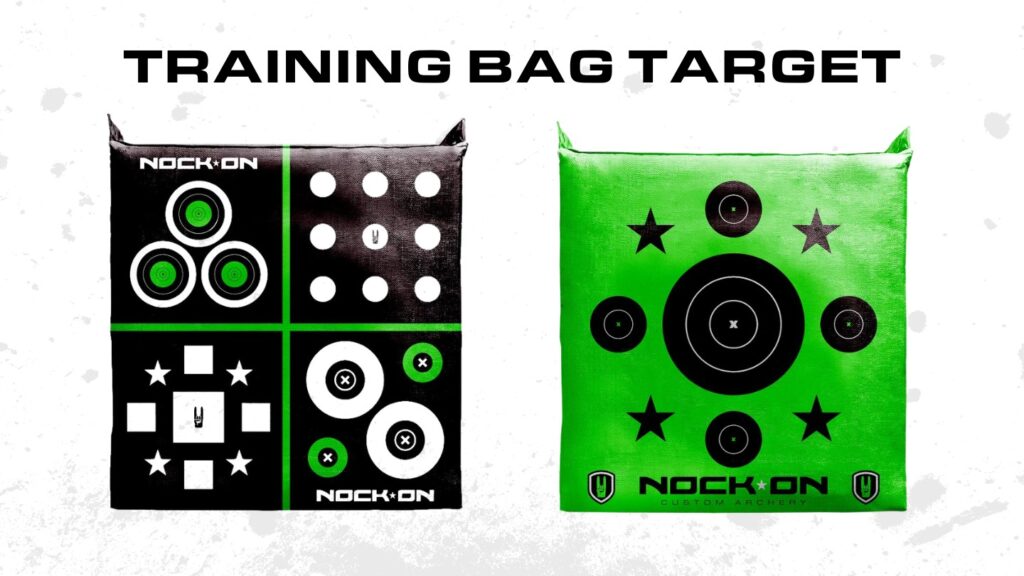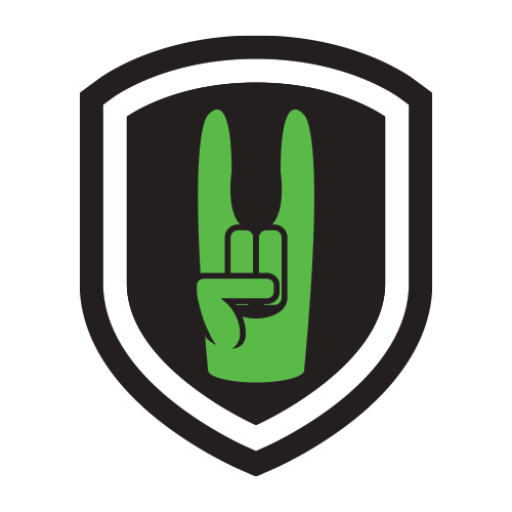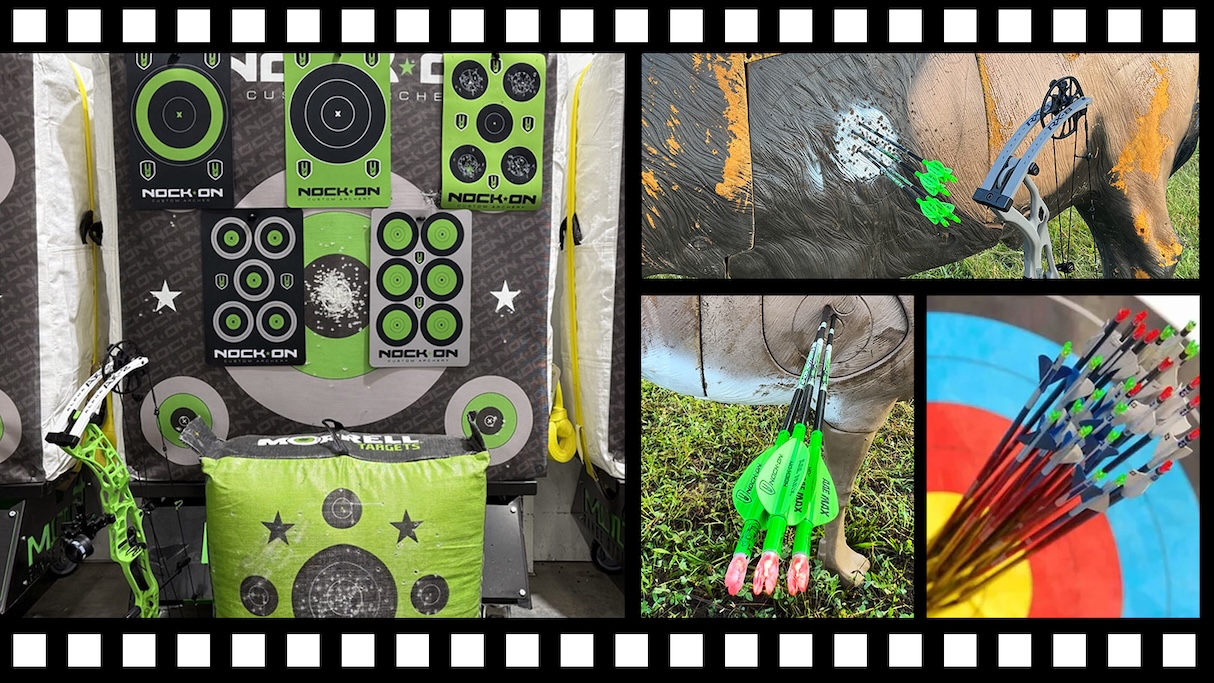That sweet feeling when arrows stack tight in the center — it’s what we all chase. But have you considered how the actual size of your target affects not just your accuracy, but your entire self-image as an archer? This isn’t just about what you’re aiming at; it’s about strategically building confidence through intentional practice.
After decades on the range and in the field, I’ve found that target selection is one of the most overlooked aspects of archery training. The dots you’re aiming at today are either building your confidence or slowly eroding it — there’s no middle ground. And when the pressure’s on, that confidence bank is what you’ll be drawing from.
Most archers obsess over equipment tweaks and form adjustments while completely ignoring this mental game changer. They’ll spend hundreds on new stabilizers but won’t take five minutes to select the right-sized target for their practice session.
Here’s why choosing the right target size might be the mental game changer you’ve been missing — and exactly how to implement this strategy whether you’re fighting target panic, preparing for competition, or just rebuilding after time away from the bow.
Building a Positive Archery Self-Image
One coaching principle I hammer home with every student: document your success. Take photos of your best groups and review them regularly.
Before important events, I have my students browse through their “awesome groups” folder — actual photos of their best performance. This isn’t about social media likes. It’s tactical mental programming. By reviewing visual evidence of your capability, you’re constructing a self-image as an archer who shoots lights-out groups.
Target selection becomes critical here. If you’re always shooting at dots too small for your current ability, you’re creating a visual record of “misses” that undermines confidence. The exact same group on two different sized targets can leave you with completely different mental impressions.
I’ve seen archers shoot half-inch groups at 20 yards but walk away frustrated because they were aiming at quarter-inch dots. That same group on an appropriately sized target would have been a confidence builder instead of a confidence killer.
Strategic Target Selection for Development
At the beginning of this season, I started with our Mid-Range target. These dots are slightly larger than what I’d face in Vegas competition, in fact, it’s double the size but there’s method behind this. My goal is to build confidence, NOT break it.
After time away from intensive training, I needed to develop rhythm, cadence, and rebuild my self-image. Starting with slightly larger dots allowed me to trust my natural float and create positive reinforcement of my shot routine/process resulting in more centered arrows.
It’s like conditioning your body before a marathon. You don’t start with a 20-mile run. The Mid-Range target provides the right challenge level during rebuilding, creating a series of successful sessions before I systematically step down to competition-sized dots as my confidence and execution improve.
This principle applies regardless of your level. If you’re fighting target panic, seeing your pin float outside a tiny dot creates immediate anxiety. The lower your confidence, the less time you will patiently wait for a surprise release to happen. A larger target allows your subconscious to accept normal movement while still achieving positive results.
Adapting Target Size to Distance
When transitioning to outdoor shooting, I embrace larger dots. This isn’t because outdoor accuracy standards are lower — it’s about maintaining proportional challenges across distances.
Think about traditional target archery: the further the distance, the larger the target rings. This maintains a consistent angular challenge regardless of distance. However… this doesn’t really happen when people are shooting the same size 3D target at 20 yards VS 60 yards. This is why I often paint bigger dots on my longer-distance foam targets. It allows the mind to accept the natural widening of your groups the further they are away.
Space limitations? That’s where target scaling becomes essential. If you’re limited to shooting in a basement at 5 yards, scaled-down versions of competition targets maintain the proper visual relationship.
For those working through target panic, select a target where your pin can float comfortably within the aiming area (and squares sometimes work better than circles for this specific challenge). Keep the bullseye big enough to where you are floating around in it no matter what. This trains your mind to trust the pin in the middle of that spot while you properly work through your shot process.
Targets that Train the Brain
I have several targets designed with a specific purpose available through the Nock On Store.
The Training Bag Target features carefully designed aiming points for every training scenario. The front side offers: miniature dots perfect for close-range basement/garage practice, regulation-sized Vegas spots for competition prep, mid-range field spots for outdoor transition, a walkback tuning cross for precise sight adjustment, and squares specifically designed to help you trust your natural float.
Flip the target over to find perfectly sized spots and stars for mid-range distance work, plus a single large black spot ideal for maximum-distance training.
This versatility makes it effective whether you’re working on basement fundamentals or dialing in your long-range sight pins.

I’ve also developed a complete series of Self-Mending Target Faces, each specifically scaled and colored for optimal aiming at different distances. The self-mending material is a game-changer — you can shoot thousands of arrows into the same target while maintaining a clear aiming point because the material naturally seals after you remove your arrow.
Each target in the series has a name that reflects its specific purpose:
- The Basement Bandit (for close-range indoor practice)
- The Vegas Spot (for competition-specific training)
- Trust the Float (designed specifically to help overcome target panic)
- The Mid-Range (for moderate outdoor distances)
- The Long-Ranger (for maximum distance work)

These portable targets have become essential to my training routine. I roll them up and take them everywhere because they let me practice with a consistent sight picture my brain has already developed comfort with – no matter where I’m shooting.
Solidify the Self Image
The target you select today will either build or undermine your archery self-image. Choose one that allows success while still providing appropriate challenge for your current skill level.
Document those tight groups when they happen. Create your own visual evidence of excellence. And as your skills progress, systematically decrease target size for what you need in a competition or event. Or you can choose to maintain that sweet spot between comfort and challenge by choosing the size that lets you build a gallery of good groups!
Remember: the same group that feels like failure on too small of a target becomes a confidence-builder on the right one.





 massmonopoly
massmonopoly